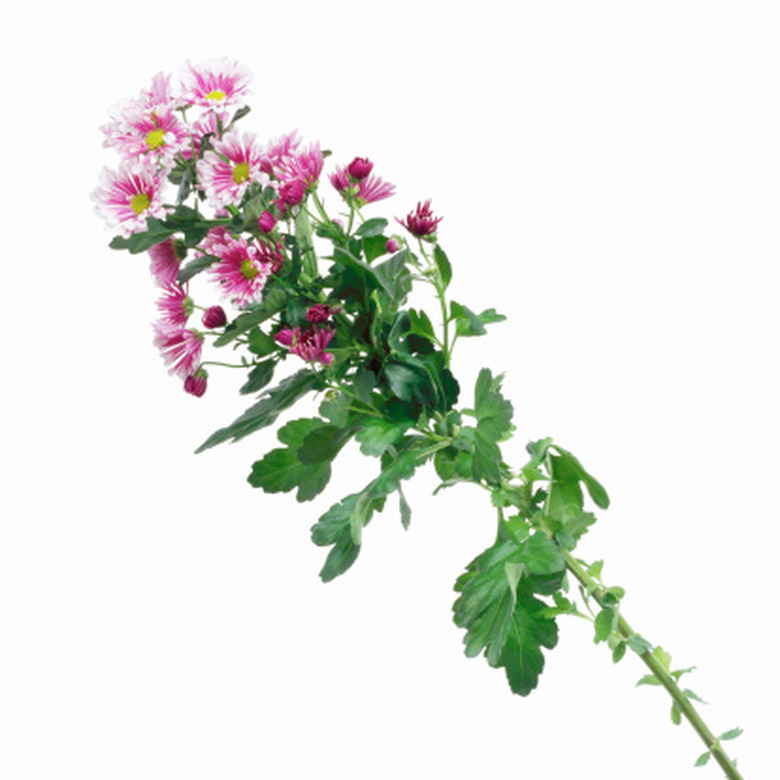Is The Dianthus Perennial Or Annual?
Dianthus is a genus of flowering plants that includes over 300 species including many popular garden flowers such as carnations, sweet Williams and China pinks. While Dianthus plants are generally perennials or biennials, many are planted and treated as annuals in home landscapes, according to the horticulturalists with University of Nebraska Extension.
Types
Sweet Williams are hardy flowers that have a biennial life cycle in cool growing areas; in warmer areas the plants grow as a perennial, year after year. Chinese pinks have a short lifespan as a perennial and usually only survive for two to three growing seasons. Many gardeners treat Chinese pinks as annuals due to their numerous brightly colored flowers that develop on new stems and their general ease of propagation.
Site Selection
Diathus flowers grow best when planted in areas where they receive at least six hours of direct sunlight each day. Plant dianthus in well-drained soils that have a neutral pH. Amend soils at the planting site by mixing in organic compost to improve drainage. Apply a slow-release, well-balanced garden fertilizer to the soil in the spring before sowing seeds.
- Dianthus is a genus of flowering plants that includes over 300 species including many popular garden flowers such as carnations, sweet Williams and China pinks.
- Sweet Williams are hardy flowers that have a biennial life cycle in cool growing areas; in warmer areas the plants grow as a perennial, year after year.
Uses and Culture
Dianthus flowers come in a wide range of sizes, growth habits and flower colors. Choose species and varieties that suit you landscaping needs. Short, sprawling dianthus flowers grow well in the front of flower beds of in rock gardens while taller varieties provide color around larger landscape plants such as evergreen shrubs. Pinch off spend flowers to encourage new flower growth through the summer. Apply a thin layer of mulch around the base of the flowers to help maintain soil moisture and protect the roots from the heat in the summer and cold temperatures in winter.
Problems
Dianthus has few pest problems when planted in suitable locations where the plants grow healthily. In dense clusters red mites can become a problem when air circulation is poor. Aphids also sometimes feed on the plant sap of dianthus leaves. Spray infested plants with a hard stream of water from a garden hose to dislodge the insects. Treat severe infestations with an insecticidal soap.
- Dianthus flowers come in a wide range of sizes, growth habits and flower colors.
- Apply a thin layer of mulch around the base of the flowers to help maintain soil moisture and protect the roots from the heat in the summer and cold temperatures in winter.
